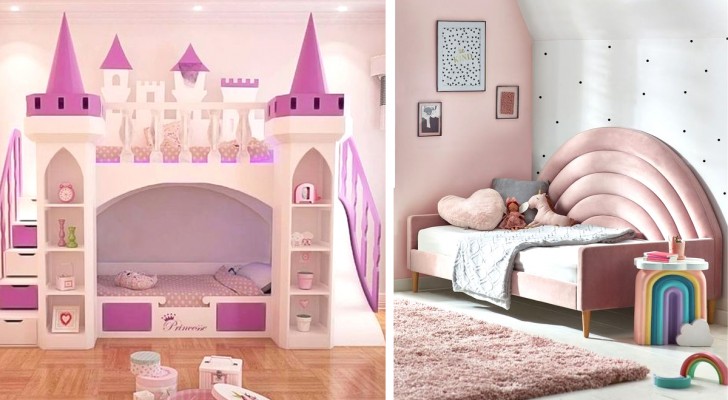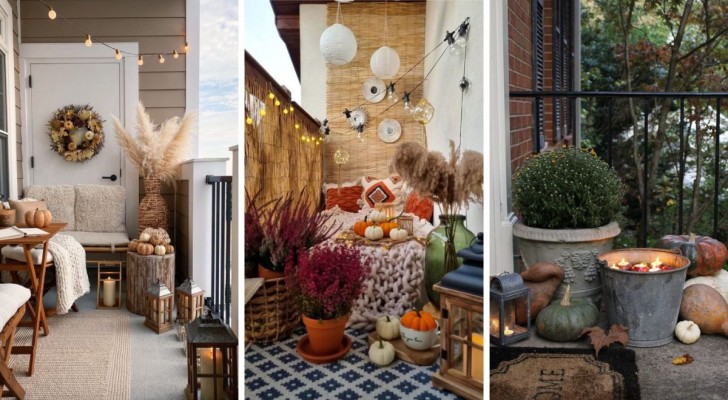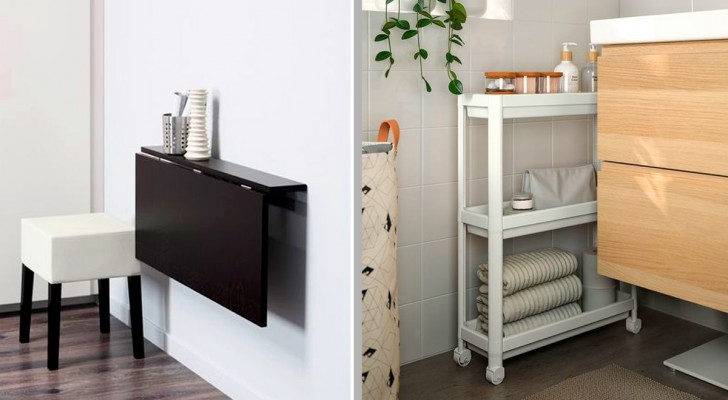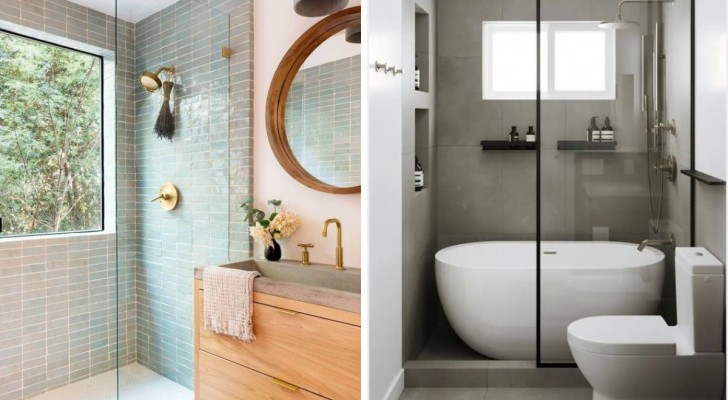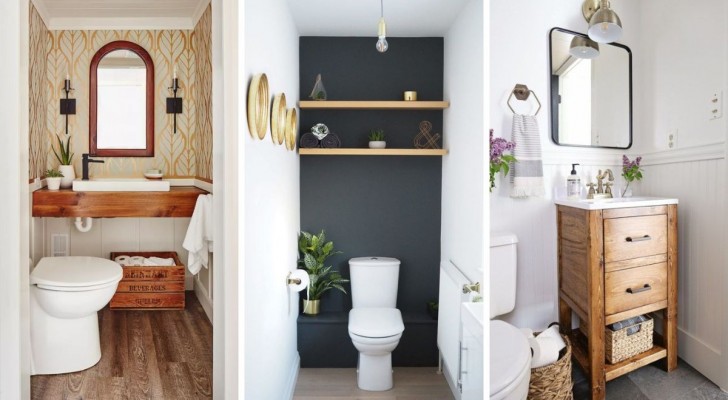Universal design: 10 useful tips to make a bathroom more inclusive and accessible
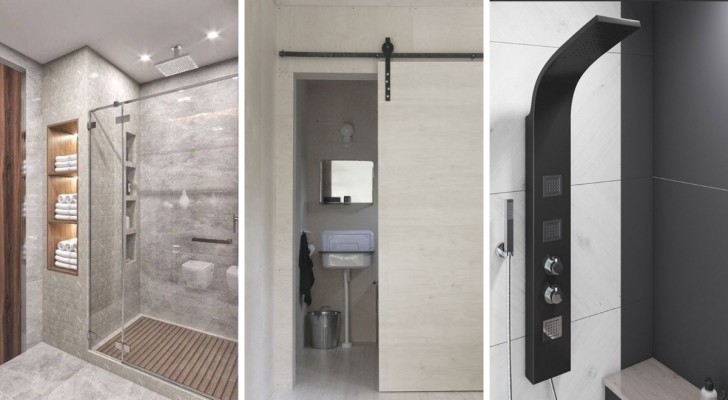
Universal planning (or universal design) is a particular way of understanding the field of planning and interior design that has become established in recent times. In general, it guides design, furnishing and decoration, taking into account the needs of each type of person.
The result should be appealing, inclusive and appropriate environments for all, including those with any disabilities. We can say that this is a trend that goes hand in hand with the evolution of some social progressiveness. Among the domestic environments that need more care along these lines, the bathroom stands out.
Here, then, is a series of tips to follow when designing or renovating a bathroom, to make it fully accessible to all. Check out the ideas below:
1. Built-in shower cubicle
Using the niches in the walls - especially if used as built-in shower enclosures - allows us to regain a lot of space. Another benefit is that built-in showers are much more accessible for those with mobility difficulties.
2. Large spaces
Attention to the use of space and the preparation of larger spaces is certainly a fundamental detail for a bathroom that can adapted to every need.
3. Handles
The provision of handles in strategic points such as near the toilet or inside the shower is an essential tenant of universal design and can really make the difference in designing a bathroom suitable for everyone.
4. Wide doors
Deploying wider doors or enlarging those already present, is equally important and of great help in many circumstances.
5. Technological installations
Technology allows to do/have things that did not exist before. Some automated mechanisms, currently on the market, allow you to regulate and control various factors such as humidity in the environment, water temperature and much more. This makes a bathroom even more functional and safer for anyone.
6. Setting up a bench
Placing a bench inside the shower is an increasingly popular choice. In addition to being very useful, it is essential when the area is used by children, the elderly or people with mobility issues.
7. Suitable flooring
An essential element for any bathroom, is that the floor must guarantee safety and comfort. The most important is, without a doubt, that the floor must be non-slip.
8. Toilet high enough
Setting the correct height for all sanitary ware is, perhaps, the most important factor. So, pay close attention to this.
9. Maximize the lighting
Arranging the lights appropriately is very important if you want to maximize the comfort of the bathroom itself and make it accessible to all.
10. Single-lever faucets
Lastly, another universal design guideline is the recommendation that faucets can be used with only one hand and without too much effort. A single-lever faucet is the answer to this requirment.
Have you ever thought about the importance of these details?
